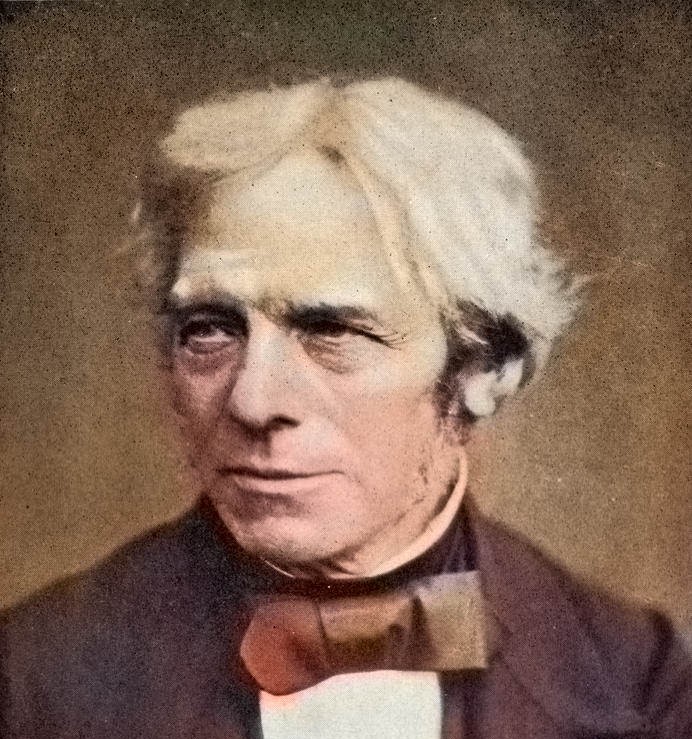
Lise Meitner was an Austrian-Swedish scientist known for her discoveries of the element protactinium and nuclear fission. She was praised by Albert Einstein as the "German Marie Curie" for her long-time association with both physics and chemistry. In this post, let's take a look at 10 most amazing facts about Lise Meitner.
Collaboration with nephew
Lise Meitner became a role model for her nephew, Otto Robert Frisch, who grew up becoming a physicist himself. Together, they hypothesized that the split of Uranium in two, explained the incredible energy release in "fission", a term Frisch coined.
Her role in World War I
Meitner was known for her compassion and modesty. During the World War I, when the situation required, she served as a nurse for two years. In 1916, she resumed her physics research.
Early education & PhD
Her earliest research work began at age eight, when she kept a notebook of her records underneath her pillow. She attended the University of Vienna at age 23 and became the second woman to receive a doctoral degree in physics in 1905.
Professorship & war
In 1926, Meitner accepted a post at the University of Berlin and became the first woman in Germany to become a full professor of physics. In 1938, at the start of World War II, she had to flee Nazi Germany due to her Jewish heritage.
Help by Bohr
Niels Bohr helped Lise escape Nazi Germany in 1938. She stayed with Niels and his wife, Margrethe Bohr, at their holiday house in Tisvilde, Denmark. Meitner fled to Sweden, where she lived for many years, ultimately becoming a Swedish citizen.
Manhattan Project
When the atomic bomb project was started in 1942, Meitner was offered a key position at Los Alamos Laboratory, but she refused to work on it, saying, "I will have nothing to do with the bomb!"
Dinner with President
Meitner was known all over the world, so much so, that many claimed her the female equivalent of Einstein. She was awarded "Woman of the Year" in 1946 by the National Press Club, Washington and also joined President Truman for dinner.
Chemical elements
In 1917, Meitner discovered a stable isotope of Protactinium along with chemist Otto Hahn. She also has a chemical element named after her, a radioactive synthetic element, called the Meitnerium.
Nobel Prize snub
Meitner was nominated 19 times for Chemistry Nobel Prize and 29 times for Physics Nobel Prize but never got the top honors. Despite that, she was invited to attend the prestigious Lindau Nobel Laureate Meeting in 1962.
Critical of friends
She was critical of her friends: Otto Hahn, Max von Laue and Werner Heisenberg, they who participated in Germany's nuclear bomb project. Their association prompted Einstein to write a letter to the-then American president Roosevelt to build a bomb of their own, before the Germans did.
Meitner wrote a letter to the three: "The reason I write this to you is true friendship. You all worked for Nazi Germany and did not even try to resist...What then must the English and Americans be thinking!?"
After her death in 1968, her nephew Frisch composed the inscription on her gravestone, which read: "Lise Meitner: a physicist who never lost her humanity."








































 Physics, astronomy and science history blog for students
Physics, astronomy and science history blog for students